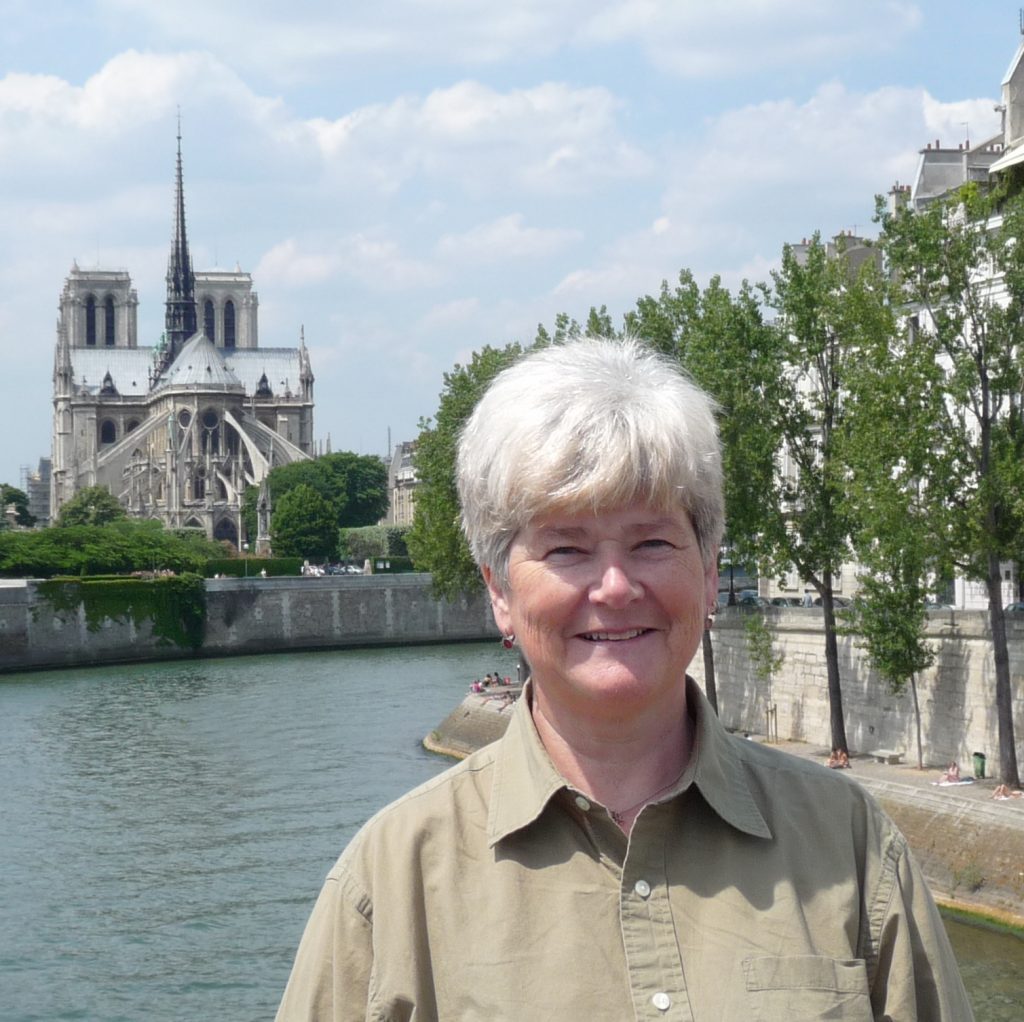Melanie C. Hawthorne

- Areas of Speciality
-
- French
- Contact
-
- (979) 845-2124
- m-hawthorne@tamu.edu
- ACAD 328B
- Professional Links
Bio
My specialties include nineteenth- and twentieth-century French literature, with special emphasis on prose fiction of the “Decadent” period and on women writers. My approach tends to emphasize how narrative expectations shape the stories we find compelling, and in particular the conventions of life-writing.
Current Research Projects
I am currently engaged in a series of projects related to the work of the Anglo-French writer known as Renée Vivien (Pauline Tarn, 1877-1909). Being involved in the events surrounding the commemoration of the centenary her death in 2009 deepened my appreciation of the complexity of her work. For example, she is best known as a poet, and it’s true that her poetry manages to express a unique personal vision in such a way that it also captures common human experiences that many people can relate to (different aspects of love, feelings of being a social outsider), which is about as much as you can ask of any artist. But I think that her short stories (such as those in the collection La dame à la louve) are really outstanding, too, and speak to a modern audience used to the offbeat and the ironic. Because I want her work to be better known, I am involved in a larger, long-term project with the French publisher ErosOnyx to republish all her work (some of it has never been reprinted since the early 1900s). Her collection of Asian-inspired short stories, Netsuké, is due out in 2014, and I have written an introduction for that.
I am also currently writing a book about Vivien that aspires to tell her life through a series of images with commentary. Japanese art was extremely influential in nineteenth-century France, and Vivien herself had an important collection of Asian art, so I borrow my model from a well-known series of Japanese prints, the “36 Views of Mount Fuji” by Hokusai. Just as the famous mountain always appears somewhere in each “view” even when it is not front and center, so in my “36 Views of Renée Vivien,” there is always a connection to her though she may not be depicted directly. But in this more indirect, more meandering way, I talk about different elements of her life: her sea voyage to Asia, her self-destructive tendencies, and her work (of course) are some of the topics that I explore.
I am also finishing up a book about Renée Vivien and two other women artists (one painter, one writer) who were similarly “transnational” (Vivien was born in London to Anglo-American parents, but “adopted” France as her home: she grew up in France, wrote in French, and died in Paris). Romaine Brooks is identified as an “American” artist but she spent little time in the United States (she was born in Rome, and died in Nice). At one point, she even lost her American citizenship when she married a British man (they lived on the island of Capri, in Italy). Natalie Barney remained an American citizen throughout her life, but she spent most of her time in Paris, where she hosted a famous salon on the rue Jacob frequented by writers. She was also a writer herself, but usually wrote in French, not English. She referred to herself as “European American.” I am interested in the way social institutions (such as marriage) helped shape–and often limit–their understanding of how they fit into the “imagined communities” of national belonging.
Courses Taught
At one time or another, I have taught most–if not all–of the courses in the French curriculum, but I have tended to concentrate on intermediate (200-level) language skills and literature courses (both surveys and more advanced seminars). I have also taught courses in Women’s Studies (both here at A&M and at The University of Michigan) and in Liberal Arts, along with courses cross-listed in Film Studies and English. Most recently, I have been teaching 200-level language courses, literature surveys, and upper-level courses in International Studies (such as 481 and 401).
